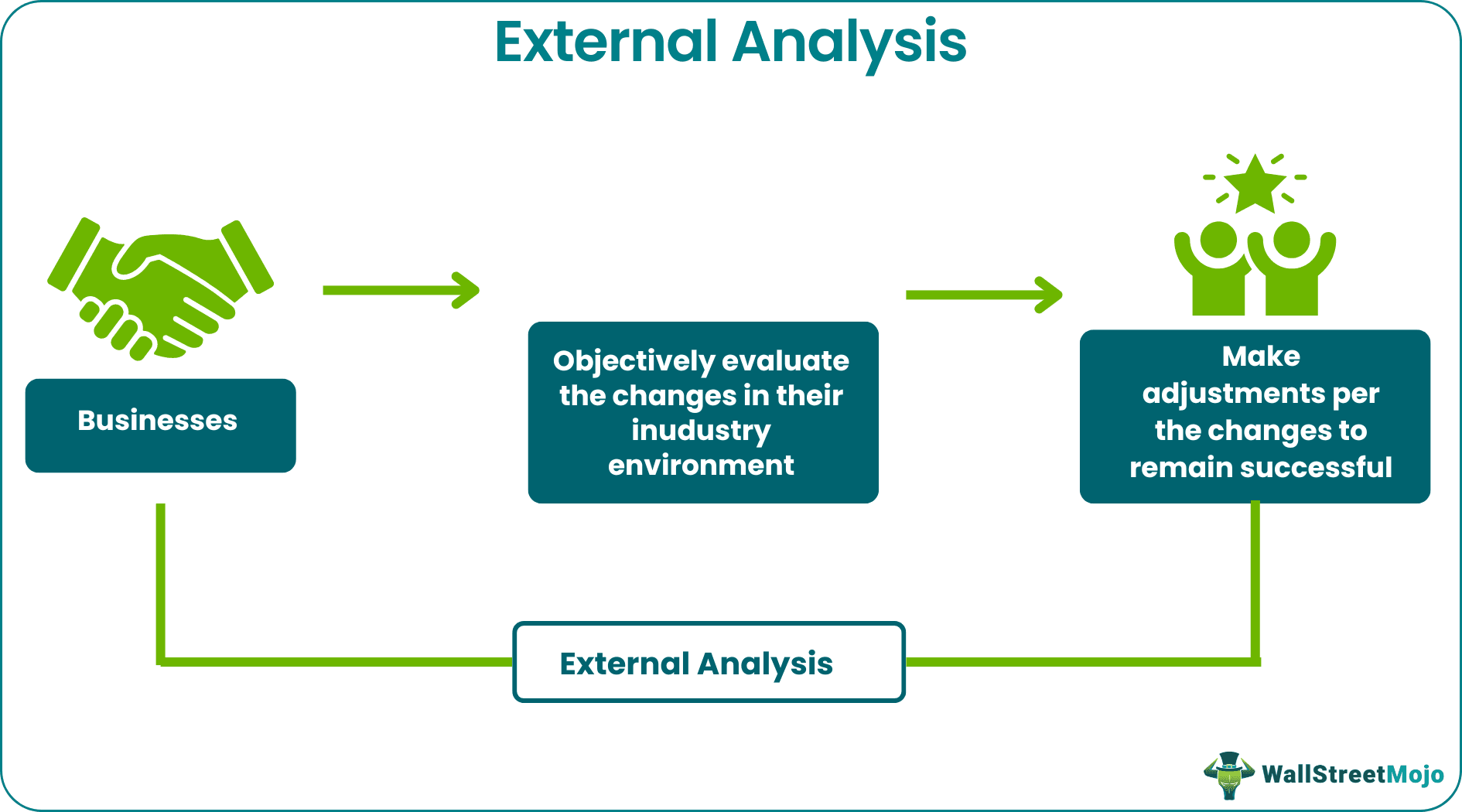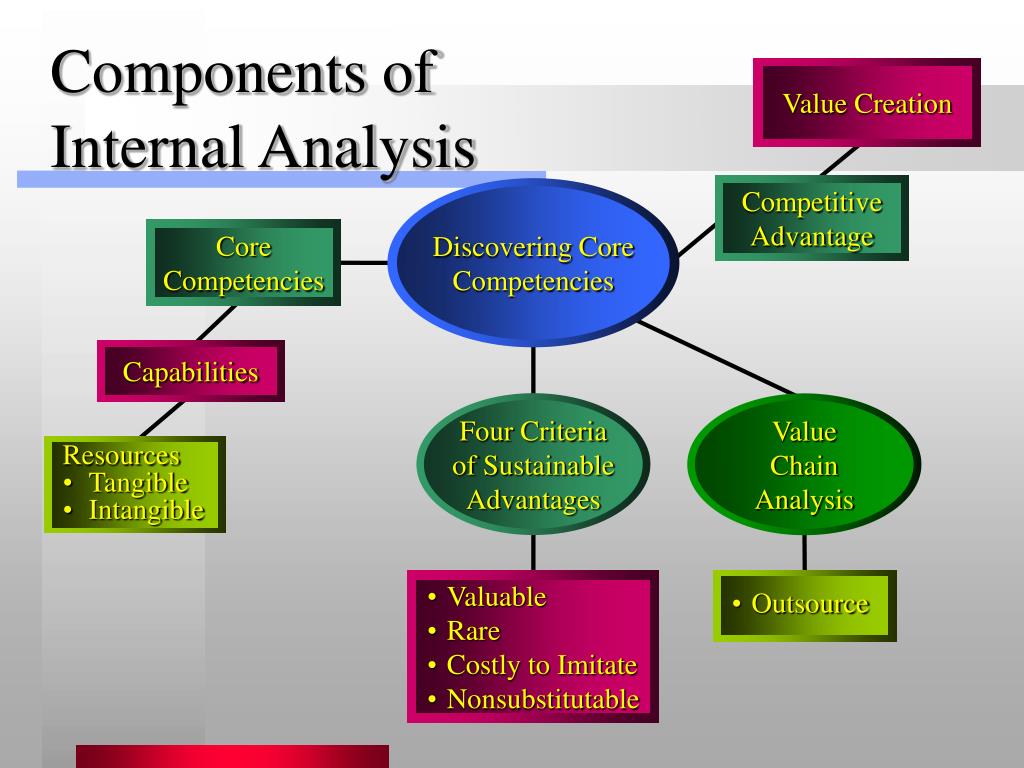External Analysis And Internal Analysis Combined Constitute The
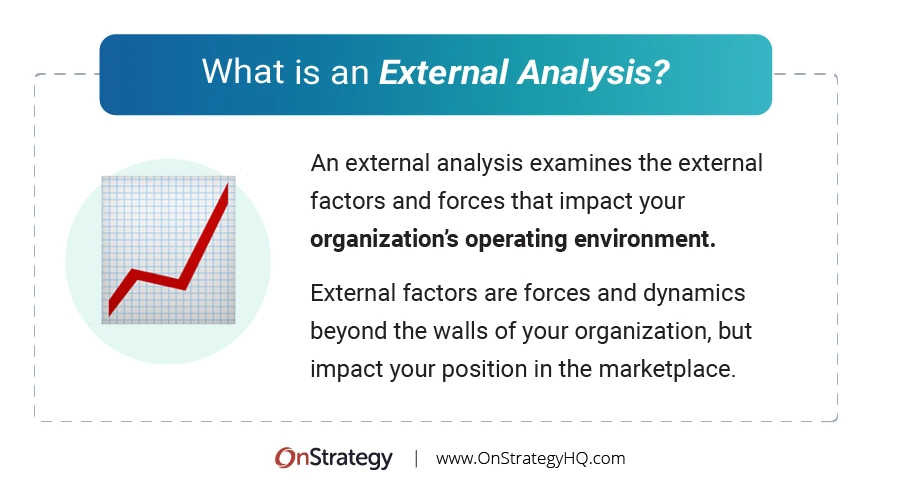
Imagine you're a seasoned sailor, preparing for a long voyage. The salt spray kisses your face as you check the weather forecast, scrutinizing wind patterns and potential storms brewing on the horizon. Simultaneously, you descend into the ship's hold, inspecting supplies, assessing the crew's readiness, and ensuring every piece of equipment is shipshape. This dual perspective, looking outward and inward, is precisely what businesses do when conducting strategic analysis.
At its core, successful strategic planning hinges on a comprehensive understanding of both the external environment and the internal capabilities of an organization. The marriage of external analysis and internal analysis is not merely a procedural step; it's the bedrock upon which informed decisions are made, strategies are crafted, and competitive advantage is achieved.
The Dynamic Duo: External and Internal Analysis
External analysis involves scrutinizing the world outside the organization. This includes factors like market trends, competitive landscape, technological advancements, regulatory changes, and economic conditions. The goal is to identify opportunities to exploit and threats to mitigate.
Conversely, internal analysis focuses on the organization's own resources, capabilities, strengths, and weaknesses. This deep dive helps pinpoint areas of competitive advantage and areas needing improvement.
Unpacking External Analysis: Scanning the Horizon
Several frameworks aid in conducting a thorough external analysis. One of the most popular is the PESTLE analysis, which examines Political, Economic, Social, Technological, Legal, and Environmental factors.
For instance, a renewable energy company might use a PESTLE analysis to assess government policies (Political), economic growth forecasts (Economic), public attitudes towards sustainability (Social), advancements in solar panel technology (Technological), environmental regulations (Legal), and climate change trends (Environmental).
Another crucial aspect of external analysis is competitor analysis. Understanding your rivals' strategies, strengths, weaknesses, and market share is crucial for formulating a winning strategy.
Tools like Porter's Five Forces help assess the competitive intensity of an industry, considering factors such as the threat of new entrants, the bargaining power of suppliers and buyers, the threat of substitute products or services, and the intensity of rivalry among existing firms.
Delving into Internal Analysis: Looking Within
Internal analysis is about taking a good, hard look in the mirror. It involves assessing the organization's resources, capabilities, and overall performance.
The Value Chain analysis is a powerful tool for identifying activities that create value for the customer. By examining each step in the value chain, from inbound logistics to marketing and sales, companies can identify areas where they can differentiate themselves and gain a competitive edge.
Another widely used framework is the VRIO framework, which assesses whether a company's resources and capabilities are Valuable, Rare, Inimitable, and Organized. If a resource or capability meets all four criteria, it can be a source of sustainable competitive advantage.
Financial ratio analysis provides insights into an organization's profitability, liquidity, solvency, and efficiency. These metrics can reveal strengths and weaknesses that might not be immediately apparent.
The Power of Integration: Where the Magic Happens
The true power of external analysis and internal analysis lies in their integration. It's not enough to simply conduct each analysis in isolation. The key is to connect the dots between what's happening outside the organization and what's happening inside.
This integration is often facilitated by a SWOT analysis, which summarizes the organization's Strengths, Weaknesses, Opportunities, and Threats. The SWOT matrix allows strategists to see how internal capabilities can be leveraged to capitalize on external opportunities and mitigate external threats.
Imagine a small bakery, for example. Through external analysis, they identify a growing trend for gluten-free products. Through internal analysis, they discover their bakers have expertise in creating delicious gluten-free recipes. The SWOT analysis would highlight this as an opportunity to leverage a strength, leading to the launch of a successful gluten-free product line.
Real-World Examples: Putting Theory into Practice
Netflix serves as a compelling example of the effective use of both analyses. By constantly monitoring evolving consumer preferences for on-demand entertainment (external analysis), they were able to identify a shift away from traditional cable television.
Simultaneously, Netflix invested heavily in building its own streaming platform and creating original content (internal analysis). This allowed them to capitalize on the changing market dynamics and disrupt the entertainment industry.
Apple is another prime example. They consistently track technological advancements and market trends (external analysis). At the same time, they cultivate a culture of innovation and design excellence (internal analysis). This allows them to consistently launch groundbreaking products that capture the imagination of consumers.
The Importance of Continuous Analysis
The business environment is constantly changing, so external analysis and internal analysis should not be a one-time exercise. They need to be ongoing processes, with regular updates to reflect new information and changing circumstances.
Companies that are able to adapt quickly and effectively to change are the ones that are most likely to thrive in the long run. Therefore, continuous monitoring and evaluation are critical.
Looking Ahead: Navigating Uncertainty
In an increasingly volatile and uncertain world, the ability to conduct thorough external analysis and internal analysis is more important than ever. Organizations that can effectively scan the horizon, understand their own capabilities, and integrate these insights into their strategic decision-making are best positioned to navigate the challenges and opportunities that lie ahead.
By embracing this dual perspective, businesses can chart a course toward sustainable growth and long-term success. It's about understanding not just where you are, but where you want to be and how you're going to get there, armed with the knowledge of both the external world and your own internal strengths.

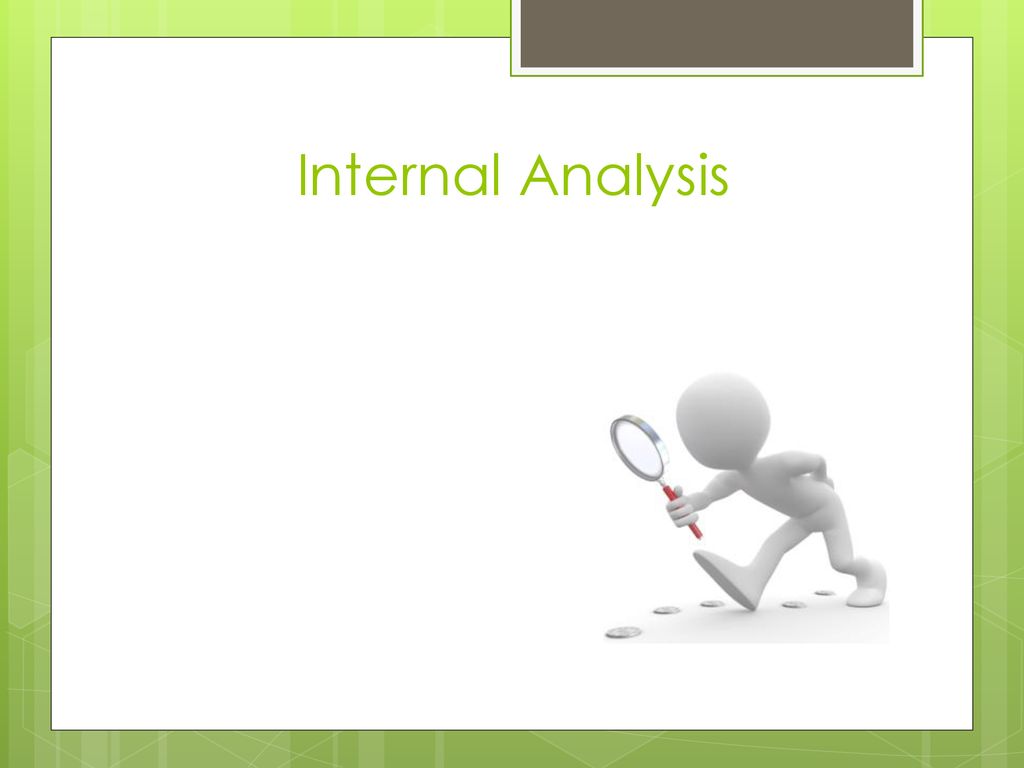
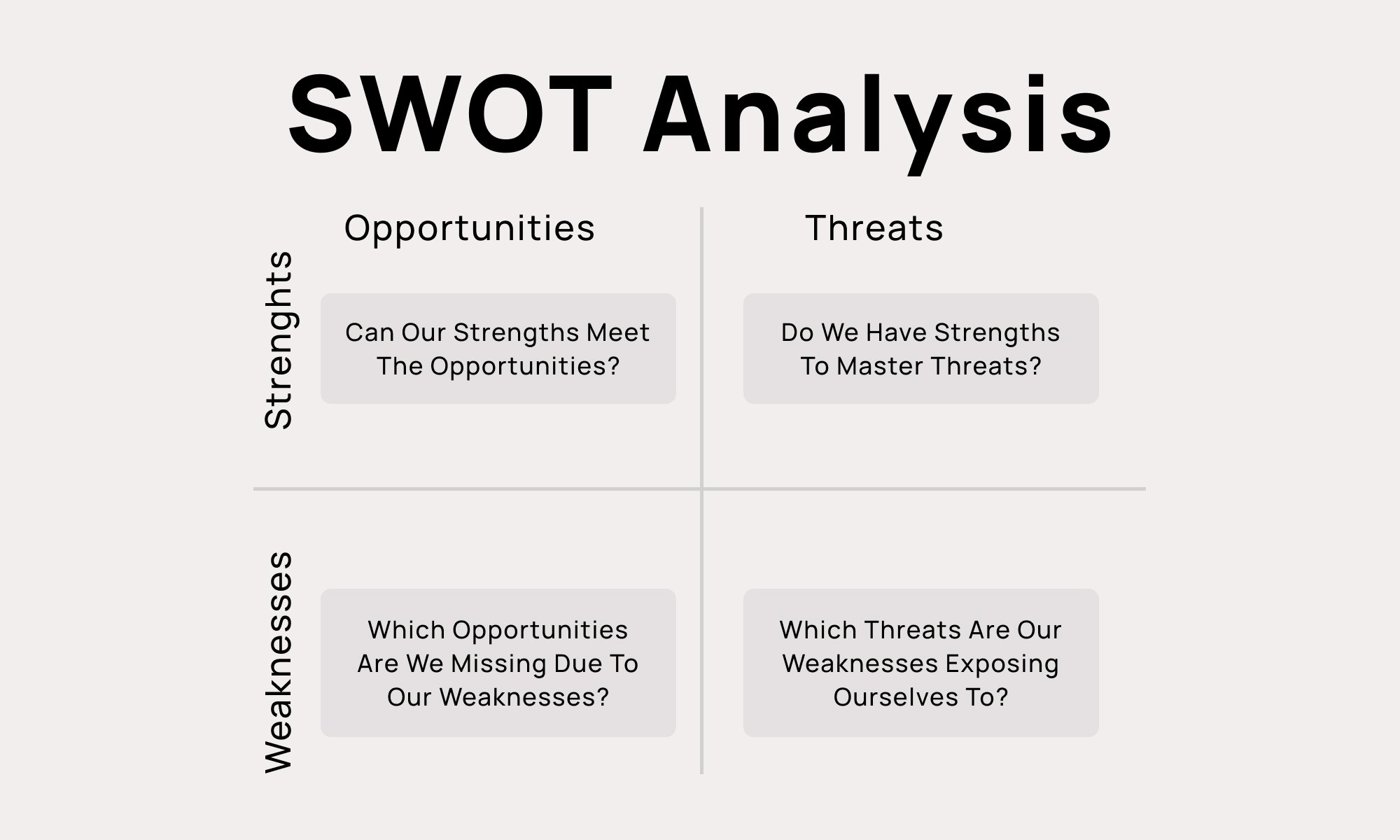
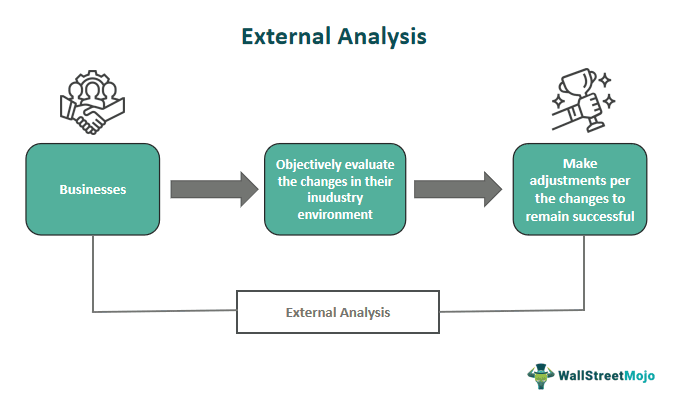

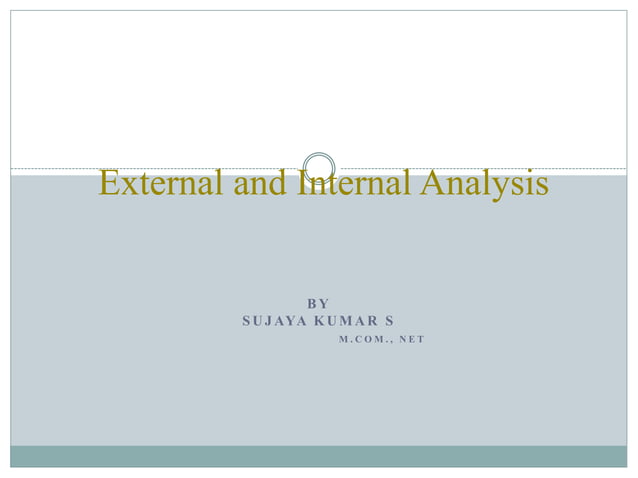
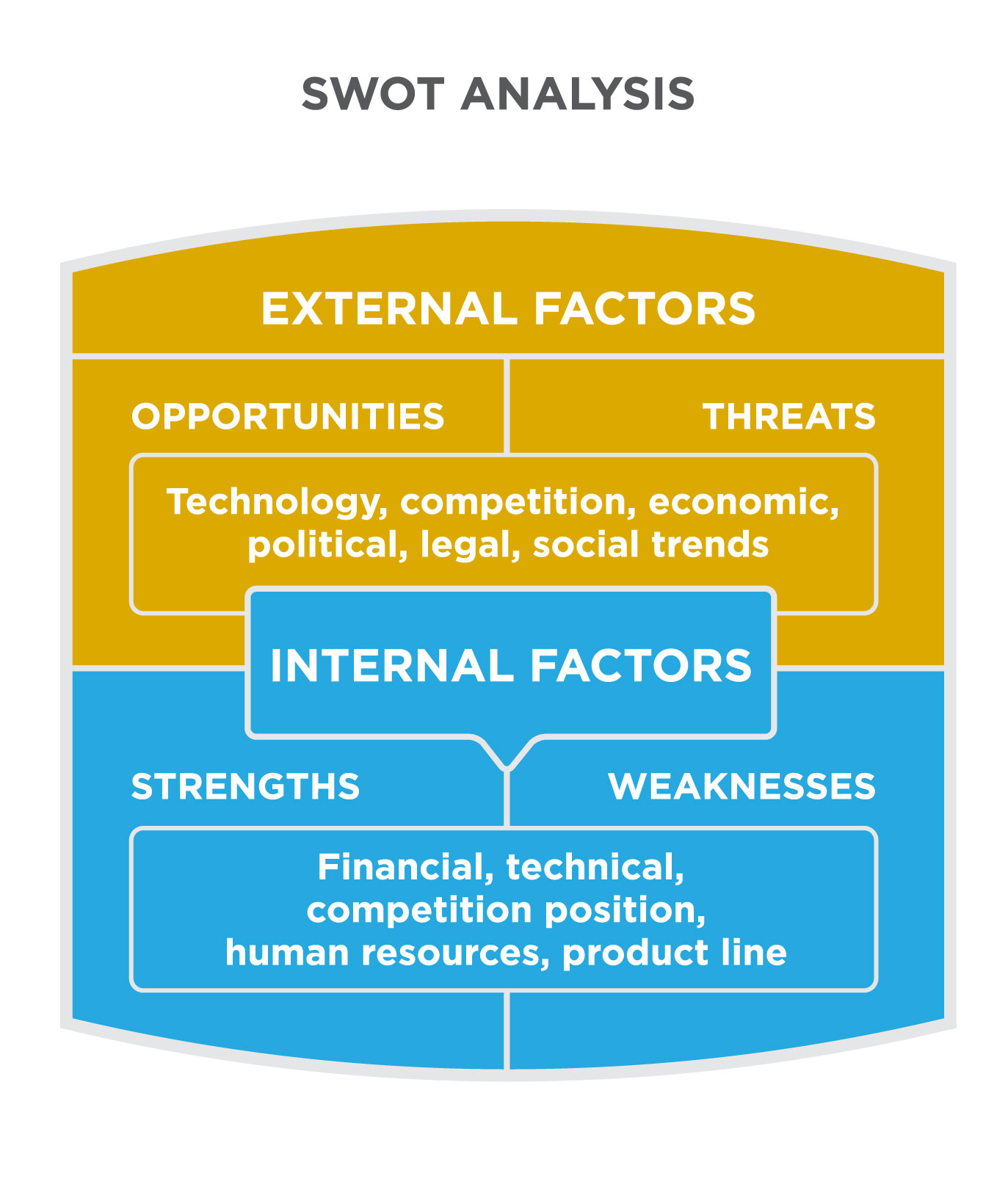


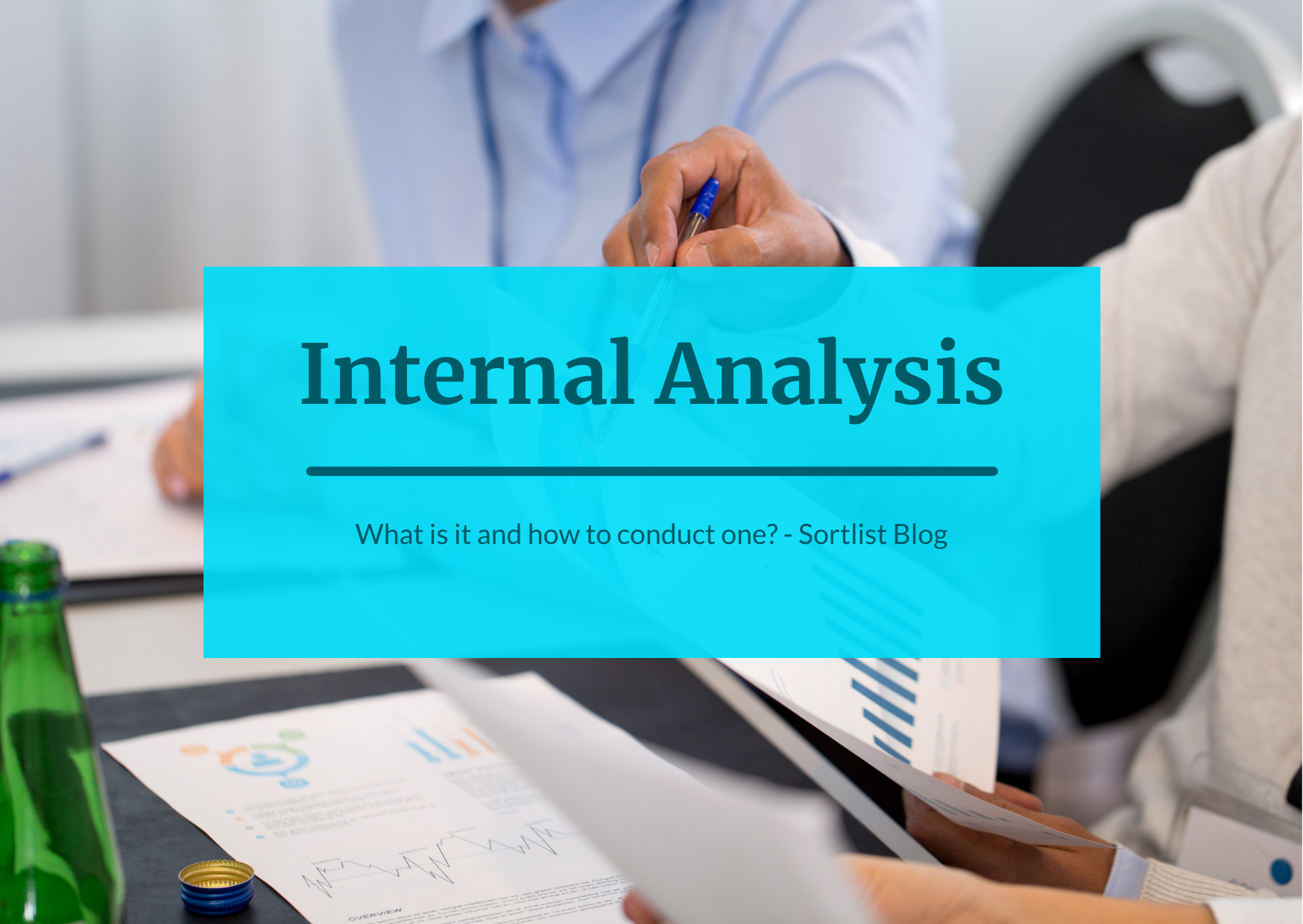


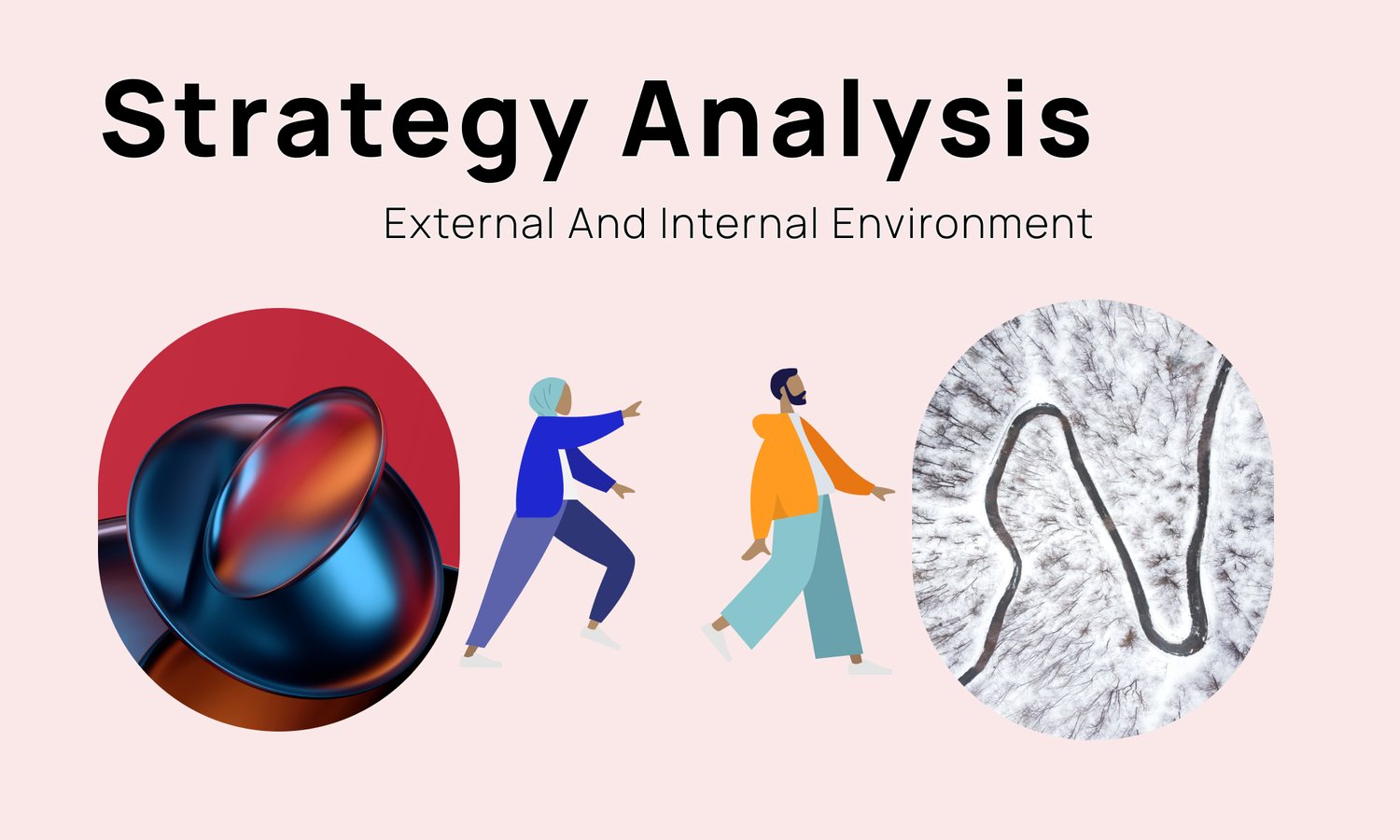

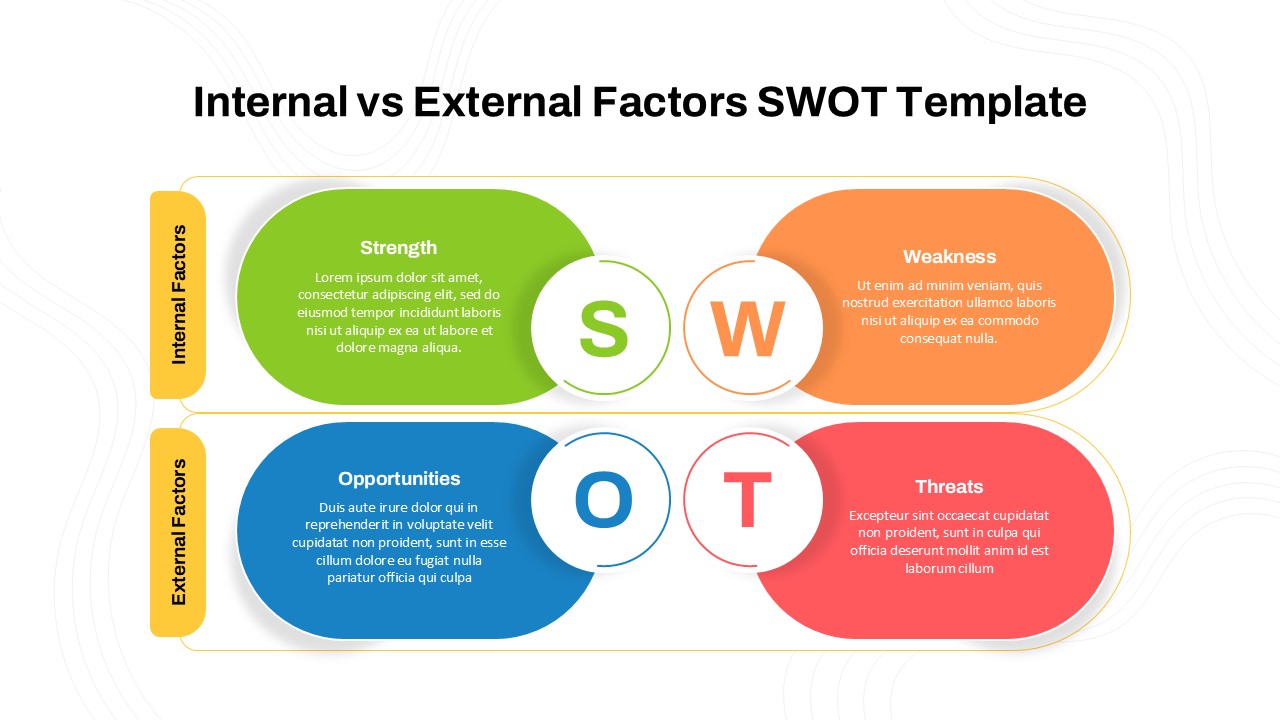
%2520(1).jpeg)
